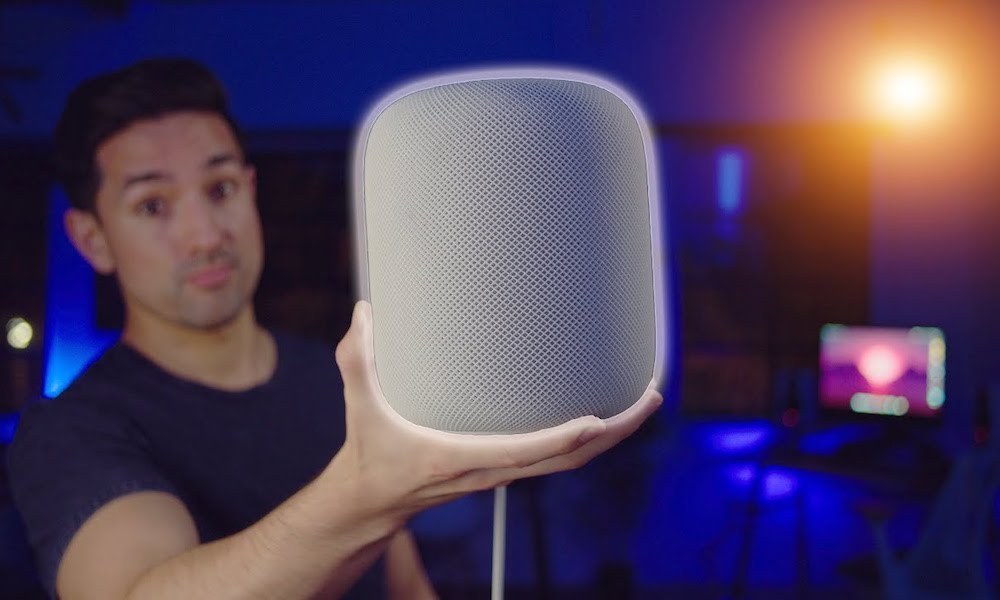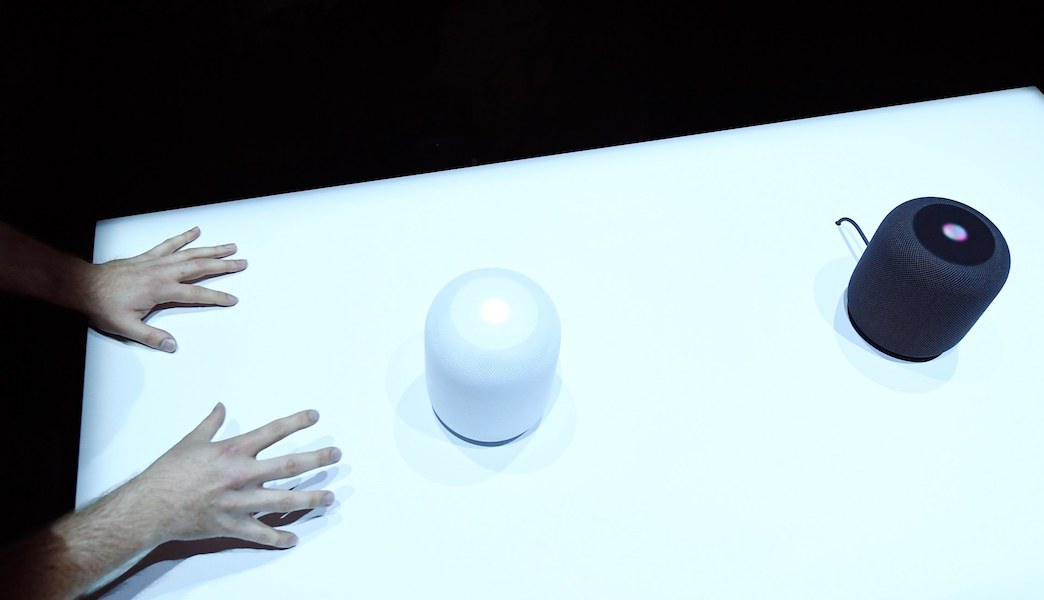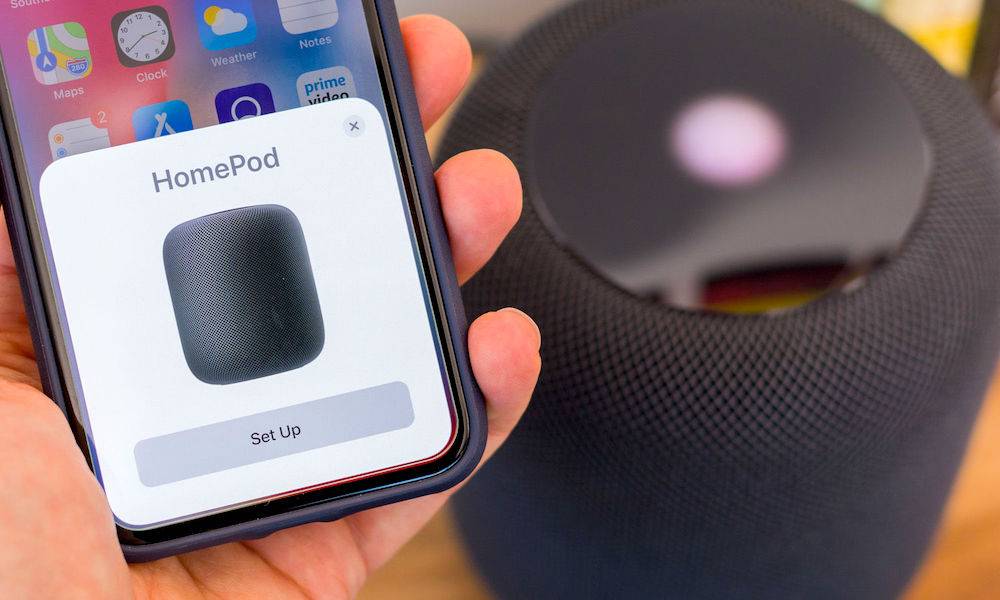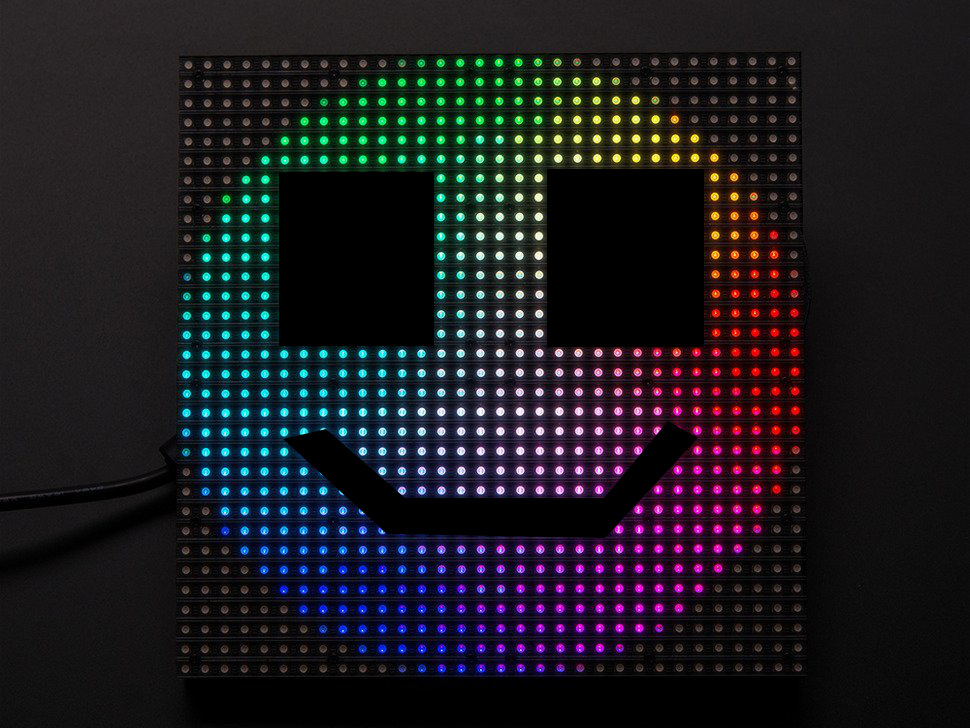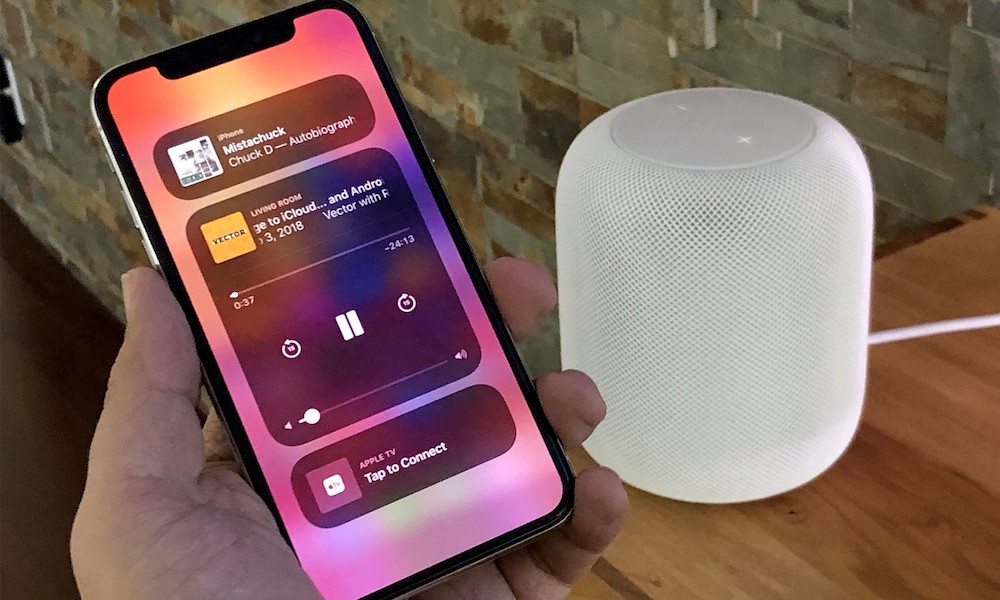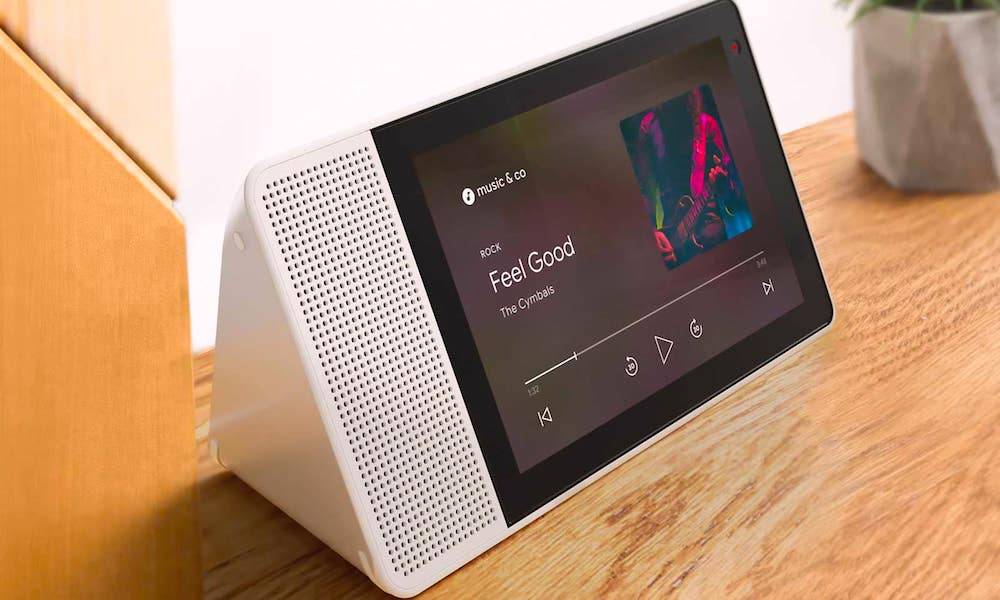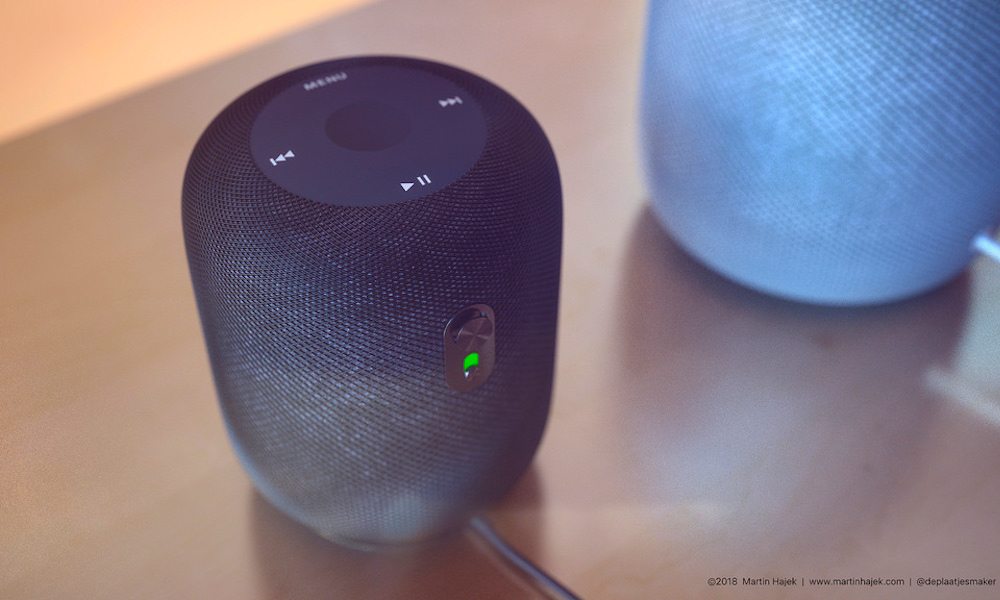Apple’s Next HomePod Might Not Survive without These 8 Things
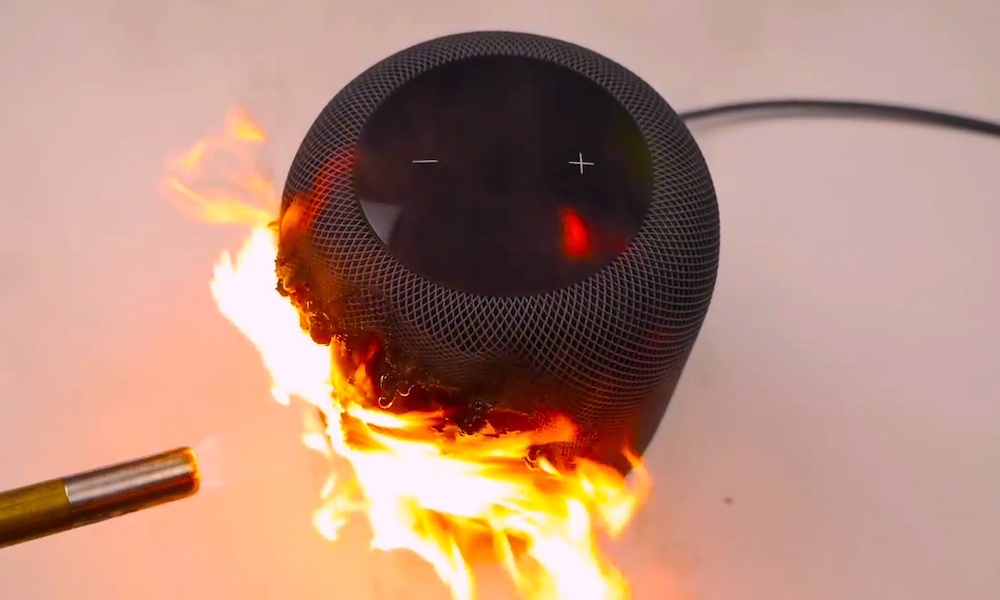 Credit: The Sun
Credit: The Sun
The Apple HomePod has great sound, limited functionality and a painfully high price, especially when compared to other VA smart speakers on the market, and unsurprisingly the device's sales don't appear to be outstanding. Now all signs are pointing to a HomePod 2 release in 2019 or soon after that, which raises the question: What does Apple need to do to make a new HomePod a success? Let's talk about what possibilities we're most excited for.
An Even Cheaper Price
The admittedly high $350 price of the original HomePod was one of its most significant issues. When you can get an Echo speaker for a third of that price with even more functionality and other services, there's not a lot of incentive to spring for the HomePod unless you only use Apple Music. This is why the most common rumor suggests that Apple will create a much cheaper HomePod for the second generation, that's more appealing to a broader number of people. Although Apple recently slashed the price of the HomePod to $299, which is a bit more palatable.
A New Design
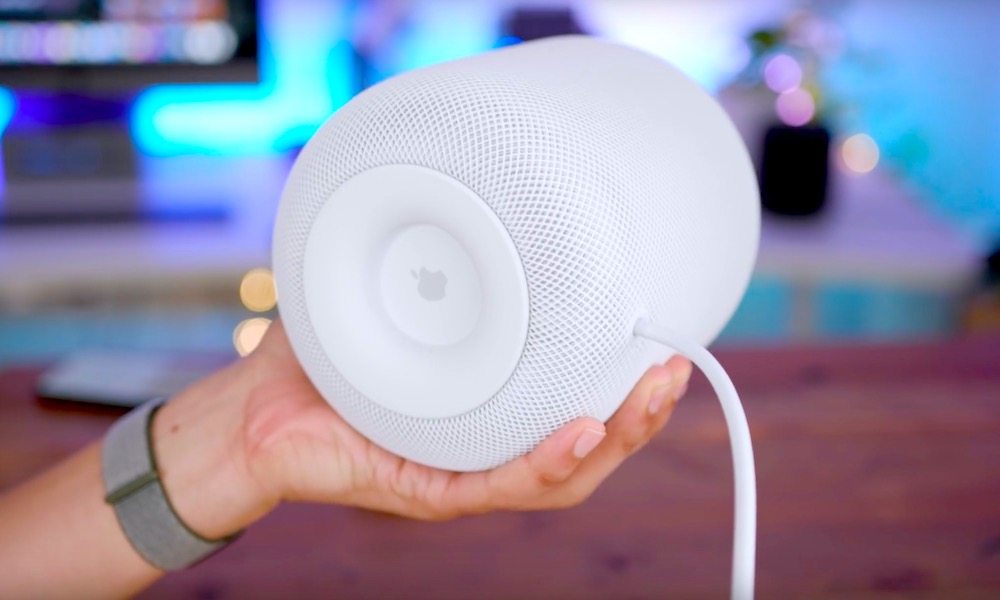
Apple is also switching production for the HomePod away from Inventec toward someone else, potentially Foxconn. This could also mean a design change. Did you like the cylindrical design of the original HomePod? It certainly enabled the model's excellent 360-degree sound, but Apple could choose a different size and shape to help control costs or make the unit more counter-friendly.
Gesture Controls
Many Apple patents give potential clues to what new features that the HomePod 2 could have (and they're pretty wild). If these patents are any indication, Apple is aiming for some daring and risky new features to help attract customers. One of these is gesture controls, so that you could start, stop and control music with hand gestures made at the HomePod. Sounds pretty crazy, right?
Bluetooth Audio
The first HomePod couldn't stream audio directly over Bluetooth – and there wasn't a good reason for it. Sure, it's a sound downgrade, but the majority of smart speaker users are going to want to stream their music from a mobile device using a Bluetooth connection. It's just common sense. At this point, there's really no reason to avoid Bluetooth audio, so Apple may embrace it in the next model.
LED Fabric (Maybe)
Another one of Apple's crazy patents is for a fabric-like LED mesh that would easily light up in various colors and configurations. Obviously, this sounds interesting for parties as a potential light show. But it could also have more practical applications, such as indicating when the volume is being adjusted up or down, showing what song is playing, or blinking to acknowledges commands, timers and more. There are a lot of options here, and it's a great way to differentiate the new product, but it probably wouldn't help the price.
Additional Service Integration
Apple could also make the HomePod more attractive by adding more services, such as compatibility with more music streaming services, more smart device controls, and so on. For an even more ambitious move, Apple could include compatibility with other voice assistants beyond Siri, like Alexa and Google Assistant. There are a ton of smart speakers on the market now and this sort of integration could help the new HomePod become more competitive. It would also be an unusual move for Apple, although the company's services are becoming available on more and more devices.
Smart Displays
Many smart speakers have upgraded to smart displays now (Facebook, Amazon, Lenovo, and Google all have them), which combines the speaker with a smart touchscreen that can show information, play tutorials, tap into streaming video services, and enable live face to face calls. There are a lot of reasons for Apple to come out with a smart display version of the HomePod, especially if it wants to release two different models for different audiences.
"mini" Versions
Another trend that's popular in the smart speaker category is mini speakers – little, cheaper versions of the regular speakers that have lower audio quality but fit in more spaces (and budgets). They usually have the ability to connect as satellite speakers to fill a whole house with audio, too. This is another strong choice if Apple wants to release multiple models. After all, it wouldn't be the first "mini" that Apple's announced.

